The Bird of Paradise, scientifically known as Strelitzia reginae, is a species of evergreen tropical herbaceous plant, native to South Africa. This striking plant is a favorite among both indoor and outdoor gardenersfor its lush, fan-like foliage and dramatic flowers.
Provide bright, indirect light, and water regularly, allowing the top inch of soil to dry out between waterings.
Here’s a more detailed guide:
1. Choosing the Right Pot:
-
Size:Select a pot that is one size larger than the current one, allowing for root growth. Mature plants may need pots with a 12-inch diameter or more.
-
Material:Consider materials like fiberglass, ceramic, or GRC (Glassfibre Reinforced Concrete) for durability and aesthetic appeal.
-
Drainage:Ensure the pot has drainage holes to prevent waterlogging, which can lead to root rot.
2. Soil and Planting:
-
Potting Mix:Use a well-draining, rich potting mix, such as a mix designed for indoor plants or a blend of peat moss, perlite, and vermiculite.
-
Planting:Gently remove the Bird of Paradise from its nursery pot and place it in the center of the new pot, backfilling with soil.
-
Watering:Water thoroughly after planting to settle the soil and then allow the top inch or two of soil to dry out before watering again.
3. Light and Location:
- Light: Bird of Paradise plants thrive in bright, indirect light. A south or west-facing window is ideal.
- Location: Consider placing the plant in a drawing room, balcony, or sunny patio.
4. Watering and Humidity:
-
Watering:Water regularly during the growing season, allowing the top inch of soil to dry out between waterings.
-
Humidity:While they can tolerate normal room humidity, they prefer higher humidity levels (50-70%). Consider using a humidifier or misting the leaves to increase humidity.
5. Maintenance:
- Repotting: Repot when the plant becomes rootbound (roots circling the pot or growing out of drainage holes).
- Pruning: Remove any dead or damaged leaves to maintain the plant’s appearance.
- Fertilizing: Fertilize regularly during the growing season with a balanced fertilizer.
- Propagation: Mature plants may produce offsets that can be divided and replanted to propagate new plants.

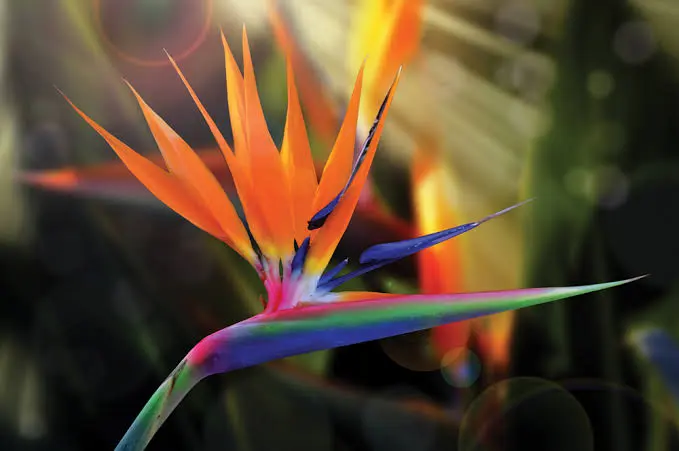
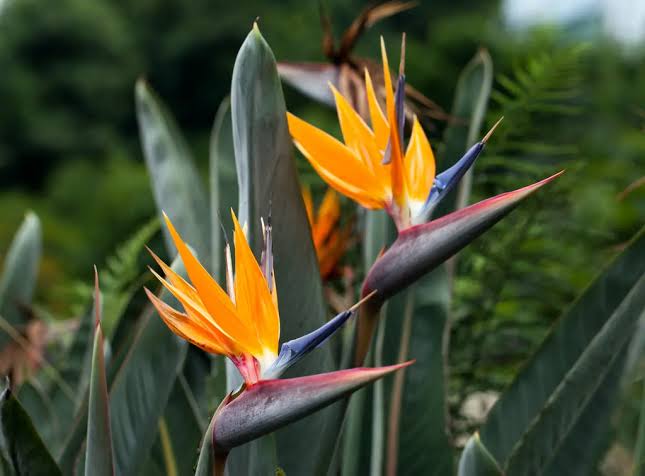
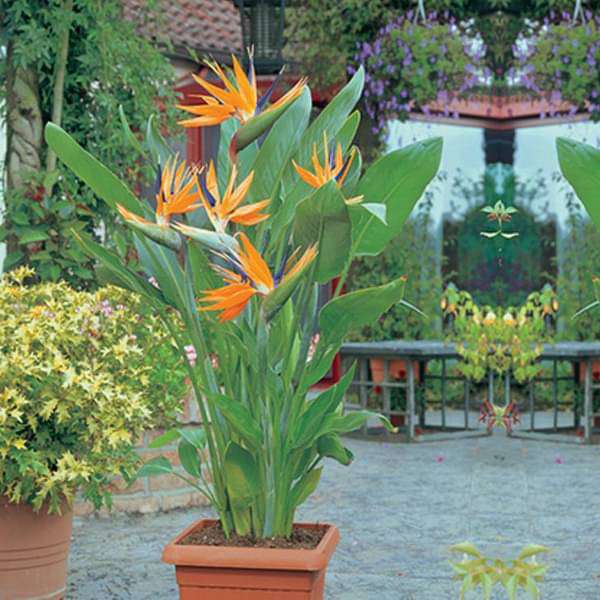

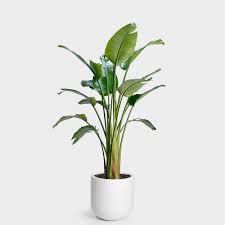


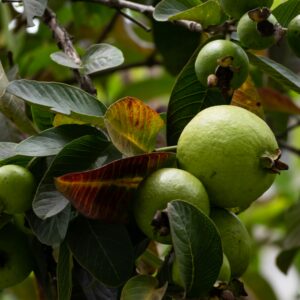
Reviews
There are no reviews yet.